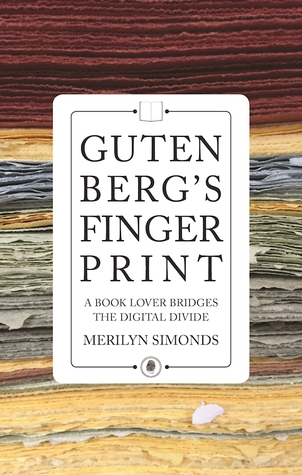Plain Secrets is a fairly short book (only twelve chapters!) about Joe and his friendships with his Amish neighbours, the Shetlers. His neighbours are respected in their community and show no hint of dissatisfaction, but one of their nephews, Jonas, has left the Amish. By talking to Jonas and being a good neighbour and friend to the Shetlers, Joe shows us why people would stay Amish, and why people would leave.
I thought that this approach made the book very even-handed. Even though Joe cares dearly for his friends and values them, he also feels frustration at some of the things they do, such as continuing to drive in buggies (which are really no match for cars). I especially felt his frustration when he told me that many Amish don’t vaccinate their kids, which was also something that surprised me.
And occasionally, Joe also talks about the differences within the Amish. The way he adds the info always felt appropriate and I learnt a lot. I knew there was a difference between a Mennonite and the Amish, but I didn’t realise that there were so many differences between the Amish too. The degree to which they separate themselves from our world depends on the order that they belong to.
If you’re interested in reading about a group of people who live completely different lives from us, I think you’ll like this book. It’s not some shocking, scandalous expose, but it taught me more about the Amish. I’ll end my review with the last sentence of the book, which I really liked:
"And the beauty and truth of it is this: That to these plain people, in these times and in all others, the values that reign supreme are community, acceptance, and faith, which can, with prayer and a little luck, lead to peace."















